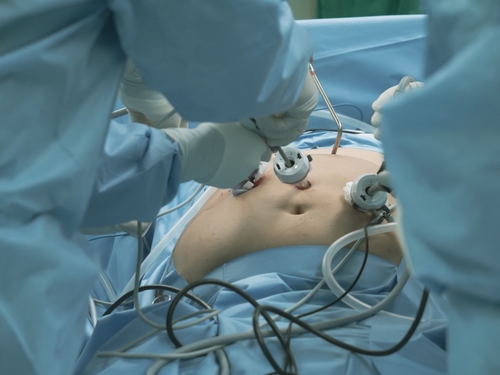
According to a recent study in JAMA Network Open, compared with glucagon-like peptide-1 receptor agonists (GLP-1RAs), bariatric metabolic surgery (BMS) is associated with greater reduced mortality in patients with a diabetes duration ≤10 years; however, weight reduction was identified as a mediating factor in this association.
According to the investigators, “evidence regarding the relative effectiveness of BMS and GLP-1RAs in reducing mortality and major adverse cardiovascular events (MACE) is limited.” Therefore, they conducted an observational, retrospective cohort study to compare all-cause mortality and nonfatal MACE between BMS and GLP-1RAs in patients with obesity and diabetes and without known cardiovascular disease.
Utilizing data from the electronic medical records of Clalit Health Services, a total of 6070 patients aged ≥24 years without prior history of ischemic heart disease, ischemic stroke, or congestive heart failure who had been diagnosed with diabetes were included in the analysis. Patients who underwent BMS were matched 1:1 by age, sex, and clinical characteristics with patients who received GLP-1RAs between January 1, 2008, and December 31, 2021.
All-cause mortality was assessed via multivariate Cox proportional hazards regression models, and nonfatal MACE was assessed using multivariate competing risk models.
After a mean follow-up period of 6.8 years, patients with diabetes ≤10 years who underwent BMS had a lower likelihood of mortality (hazard ratio [HR], 0.38; 95% CI, 0.25-0.58). However, the investigators noted that “this association became nonsignificant when weight loss during the follow-up period was also included in the model (HR, 0.79; 95% CI, 0.43-1.48).”
For patients who had diabetes >10 years, there was no significant difference between BMS and GLP-1RAs in terms of mortality (HR, 0.65; 95% CI, 0.39-1.08).
Additionally, the risk of nonfatal MACE did not significantly differ between treatment groups, regardless of diabetes duration (diabetes duration ≤10 years: HR, 0.74; 95% CI, 0.49-1.10; diabetes duration >10 years: HR, 1.21; 95% CI, 0.80-1.85).
“The survival advantage associated with BMS compared with treatment with GLP-1RAs may be explained by the greater relative decrease in [body mass index] observed among patients who underwent BMS (−31.4%) compared with that achieved among patients treated with GLP-1RAs (−12.8%),” the investigators wrote. “The fact that the survival advantage disappeared after adjusting for maximal weight loss during follow-up suggests that the association between treatment type and all-cause mortality is mediated by the amount of weight loss.”







 © 2025 Mashup Media, LLC, a Formedics Property. All Rights Reserved.
© 2025 Mashup Media, LLC, a Formedics Property. All Rights Reserved.